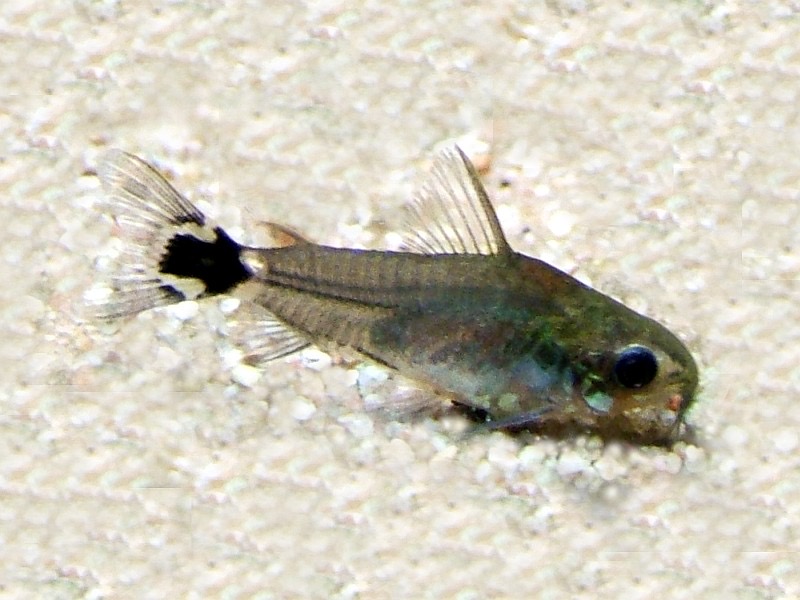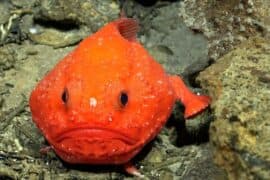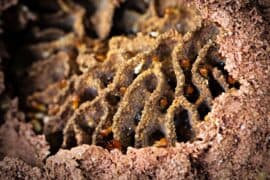Dwarf corydoras
(Corydoras hastatus)

Description
The dwarf corydoras (Corydoras hastatus), dwarf catfish, tail spot pygmy catfish, or micro catfish is a tropical freshwater fish belonging to the subfamily Corydoradinae of the family Callichthyidae. It originates in inland waters in South America, and is found in the Amazon River and Paraguay River basins in Argentina, Bolivia, and Brazil. The specific epithet hastatus means with a spear, in reference to the spearhead-like spot on the tail root. The body of Corydoras hastatus is typically more elongated than other Corydoras species. Its body is a translucent white to olive color, with a thin dark stripe on the sides from behind the gill cover to the root of the tail, and a whitish belly. It has a white crescent at the base of the tail surrounding a black spot. The fish will grow in length up to 1.4 inches (3.5 cm), but 1.0 inch (2.5 cm) is more typical. Males are smaller, more slender and have a more pointed dorsal fin than females. The dwarf corydoras lives in a (sub)tropical climate in water with a 6.0–8.0 pH, a water hardness of 5–19 dGH, and a temperature range of 68–82 F (20–28 °C). It is found in ponds. It feeds on worms, benthic crustaceans, insects, and plant matter. They are found in the Paraguay River and Amazon River basins. C. hastatus lives among plants. It is a schooling species. It differs from most Corydoras species by preferring the midwater areas instead of the bottom, spending most of its time well off the bottom in areas of dense plants. When it rests, it rests on the leaves of the plants. Other Corydoras species with similar mid-water habits include C. habrosus and C. pygmaeus. The dwarf Corydoras maintains its position in a current by using rapid fin movements, especially with its pectoral fins. These rapid movements, combined with a high breathing rate, give the fish the appearance of being very "nervous" when compared with other fish. C. hastatus may even shoal with small characins. The fish lays its eggs in dense vegetation and the adults do not guard the eggs. The female holds a single egg between her pelvic fins, where the male fertilizes them for about 30 seconds. Only then does the female swim to a suitable spot, where she attaches the sticky egg. The pair repeats this process about every three minutes for from one to two hours with some 10- to 15-minute rests between egg releases.
Taxonomic tree:







